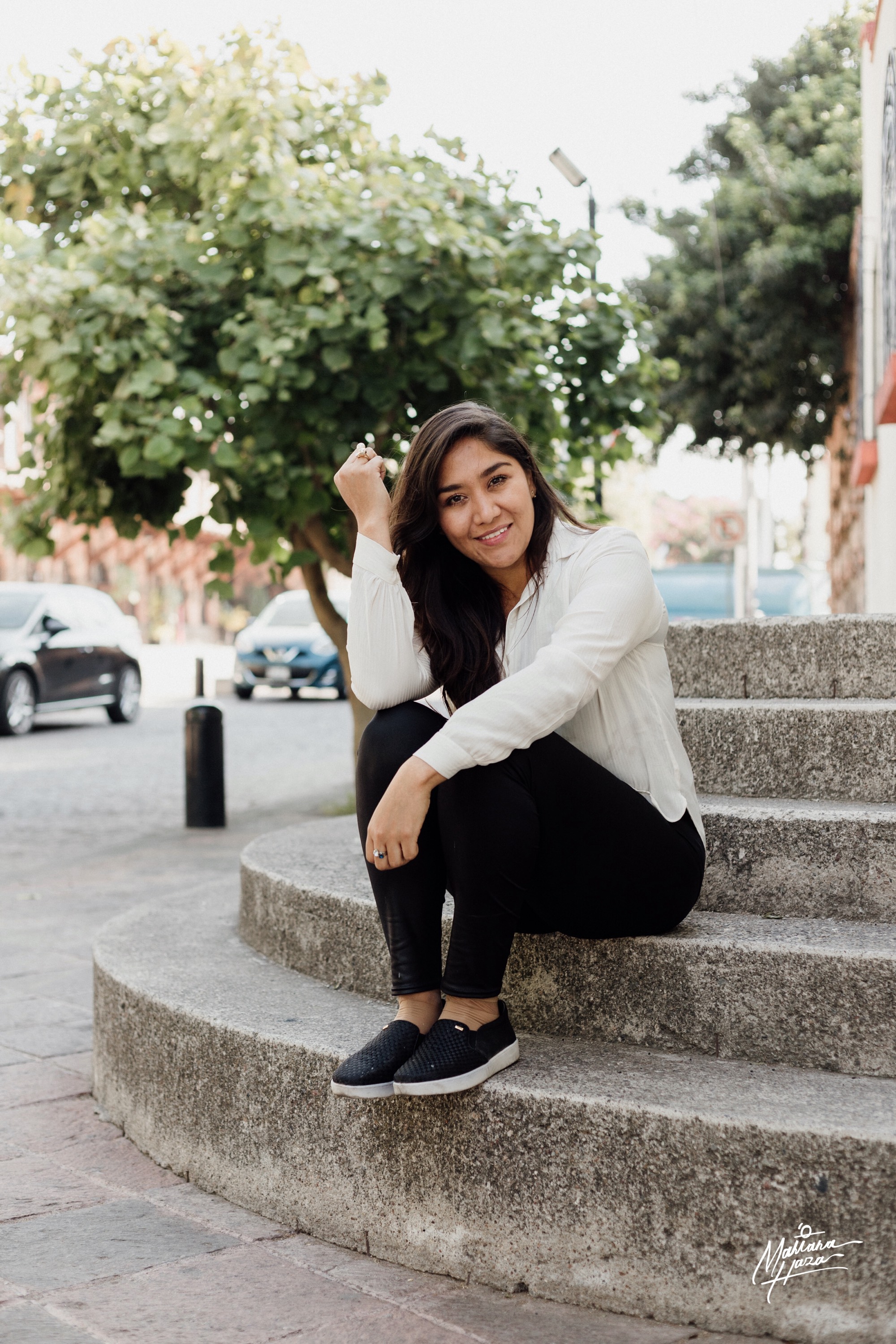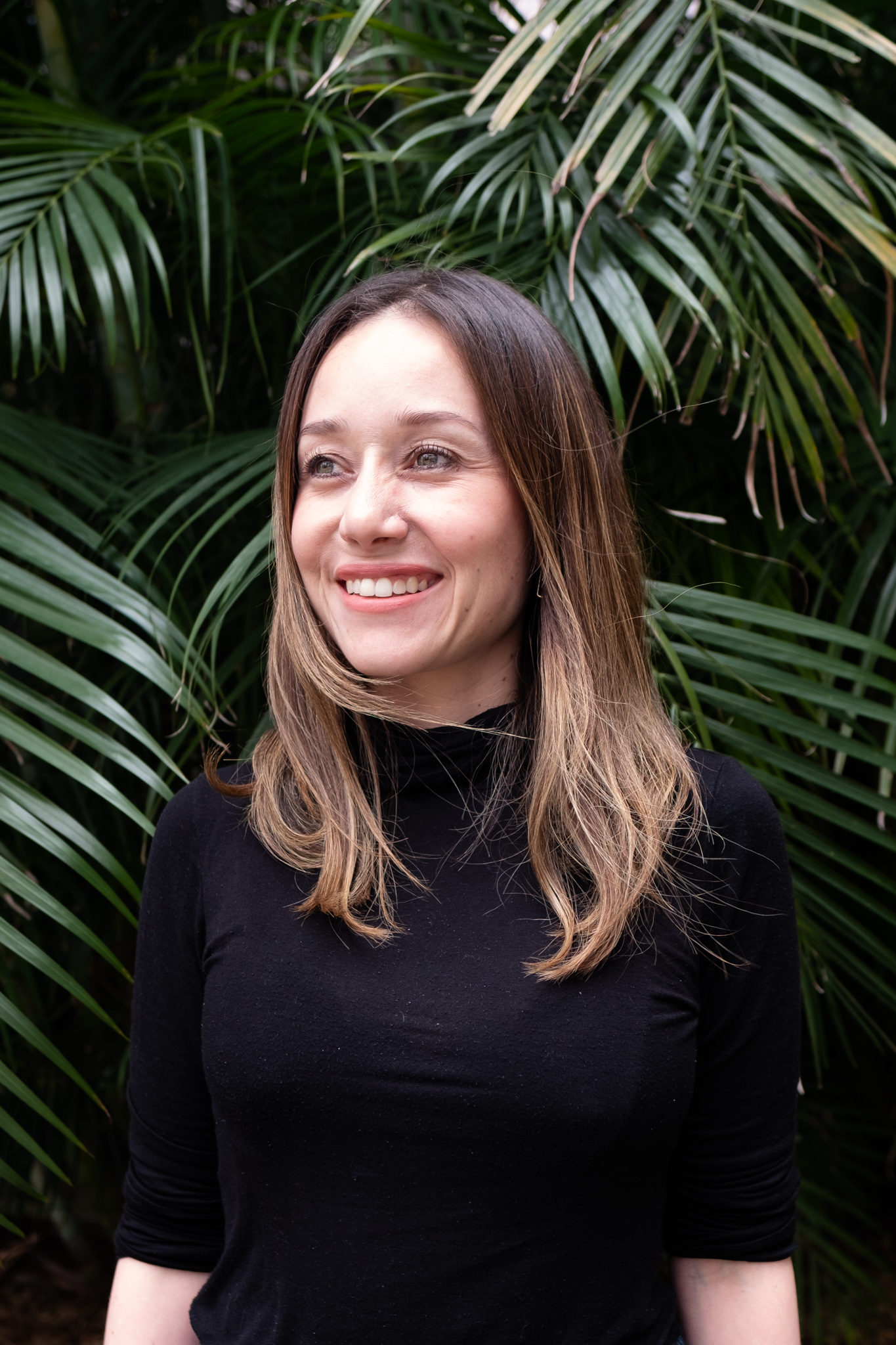Interview by Charlotte Beloe
Carolina Gutiérrez-Chávez is a Scientia PhD Candidate and one of our UNSW Women in Maths and Science Champions. She has always believed that following her passions is important and this week we got to find out how that has influenced her career as a scientist.
Can you tell us a bit about your research?
I’m studying microbial bioactivity and its ecological role in Antarctica. Bioactivity is the ability of certain compounds, in this case metabolites, to intervene in biochemical or physiological processes.
Metabolites are classified into primary and specialised metabolites. Primary metabolites are those that have a direct role in the growth or reproduction (like proteins, carbohydrates, nucleic acids and lipids), while specialised metabolites are associated with processes of adaptation, competition, communication and protection against environmental stress. Specialised metabolites give the microorganism competitive advantages to guarantee their survival. They have become an attractive research point to understand ecological functions and can provide industrial and biotechnological applications.
Recently, in my laboratory, the genome of different bacteria isolated from the Antarctic soil were obtained. This information allows us, among other things, to predict the potential specialised metabolites that these bacteria are capable of synthesising. In my research I focus on finding evidence (bioactivity) of those specialised metabolites that were predicted through the sequence of genes and finally elucidate what their ecological role is to understand the strategies that these bacteria use to survive in extreme conditions such as Antarctica.
Wow, that sounds fascinating! What drew you to this area of research?
This is a funny story! In Mexico, my home country, I completed a master’s degree and my research was focused on understanding how coral bleaching affects the expression of toxins in fire corals. I really enjoyed working with corals, but very soon I realised the real heroes for the survival of corals are the symbiotic microorganisms that provide the coral up to 80% of the energy that this coral require to survive.
Every time I had a presentation to my colleagues or panel, all the questions I ended up answering with something about microorganisms instead of corals! My colleagues used to say ‘You talk with joy about corals, but with passion about microorganisms’. I decided to refocus my research profile and… here I am!
It’s always important to pursue what you’re passionate about, was it this shift in your research that brought you to UNSW?
Well, I realised that in my two professional jobs I acquired tools to work in microbiology, in the master degree I learnt about the importance of ecological impact, so my mission was to find a project that would allow me to merge my experience with my passion. I remember subscribing to countless newsletters about PhD programs around the world ‘the good one will come when you least expect it’ I thought.
One night, after a dinner with some friends I found in my spam a newsletter from a University offering interesting programs, it was UNSW! I saw many options, but Ferrari Lab stole my attention and it was love at first sight! I could not believe that there were people working with bacteria from Antarctica, what a stroke of luck!
How serendipitous! We’re certainly very happy to have you with us at UNSW. Could you give us a peek into your daily life…what is your average day like?
The truth is that I don’t have an average day! But if I could summarise my activities and more constant schedules they would be:
5:20 am: I practice jogging, I like it because it oxygenates my brain, helps me to have more energy and I feel happy in the day, if I improve my resistance or speed there is an extra dose of happiness! I go home, do stretching, a little meditation, and get ready for Uni.
8:30 / 9:30 am: I arrive at the University. I spend the first 30 minutes of my day answering important emails and scheduling the activities that I will do throughout the day in the lab / office. Generally, my energy is higher in the morning so here I do the activities that require more concentration or effort, such as experiments and occasionally writing.
1:00 / 2:00 pm: I have lunch; I usually take advantage of this time because in Mexico it’s around 6-7 pm and friends or family are usually at home, then we can catch up and I disconnect a little bit from academic stuff. After lunch, I return to the lab to finish some experiments or to the office with administrative things, type writing.
5:00 / 6:00 pm: I leave the University and I like to go to the gym later (If I have energy).
9:00 pm: I usually get home around this time, if there is a dinner invitation or catch up with a friend it is always accepted!
In my case it is difficult to maintain a routine in science because most of my activities are around lab experiments. The positive thing is I have no a routine then every day will be a surprise even for me!
Sounds like your days are pretty jam-packed! If you get extra free time, what are some activities you like to do?
I’m international student, I have lived in Australia for a year and a half, so I’m still exploring new places around Sydney. I enjoy outdoor activities, one of my favourites is hiking on weekends. I also enjoy my time at home cooking, learning new recipes or reading.
When there is an opportunity, I like to go out with friends and dancing or just a catch up with a coffee or cup of wine.
I also like studying languages, I think they help to understand a culture more deeply and how it influences its psychology.

It seems you have quite a lot of different interests, did you always want to do science?
When I was in high school I realised that I was good at math and I participated in many math competitions obtaining good scores. My teachers thought it would be a good idea for me to also participate in biology and chemistry competitions, but I was not as successful as in maths. That did not stop me and I began to participate with mini projects, I remember that the first one was to analyse how the components of the batteries affect the growth of plants, I was 14 years old!
After high school I had to choose a career, because of my math background my career aptitude test suggested studying some engineering or physics, but I was more passionate about biotechnology. It was complicated for me to decide between ‘the talent’ or what I really liked, and I chose biotechnology. I learned that we all have strengths and weaknesses, but in my case passion for what I do governs my life, maybe today we are not good at something, but persistence always makes us grow and improve.
Learn more about the Ferrari Lab




